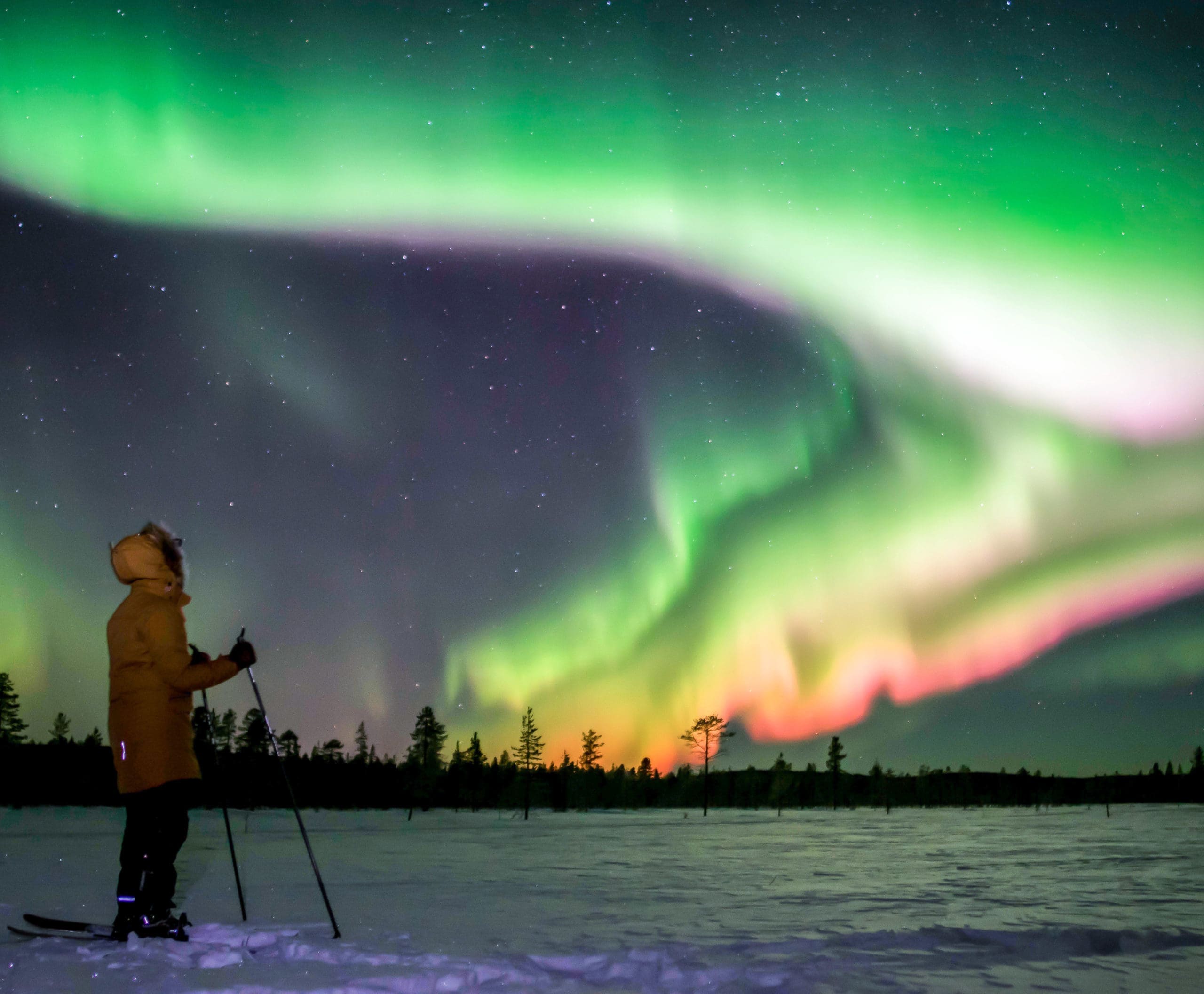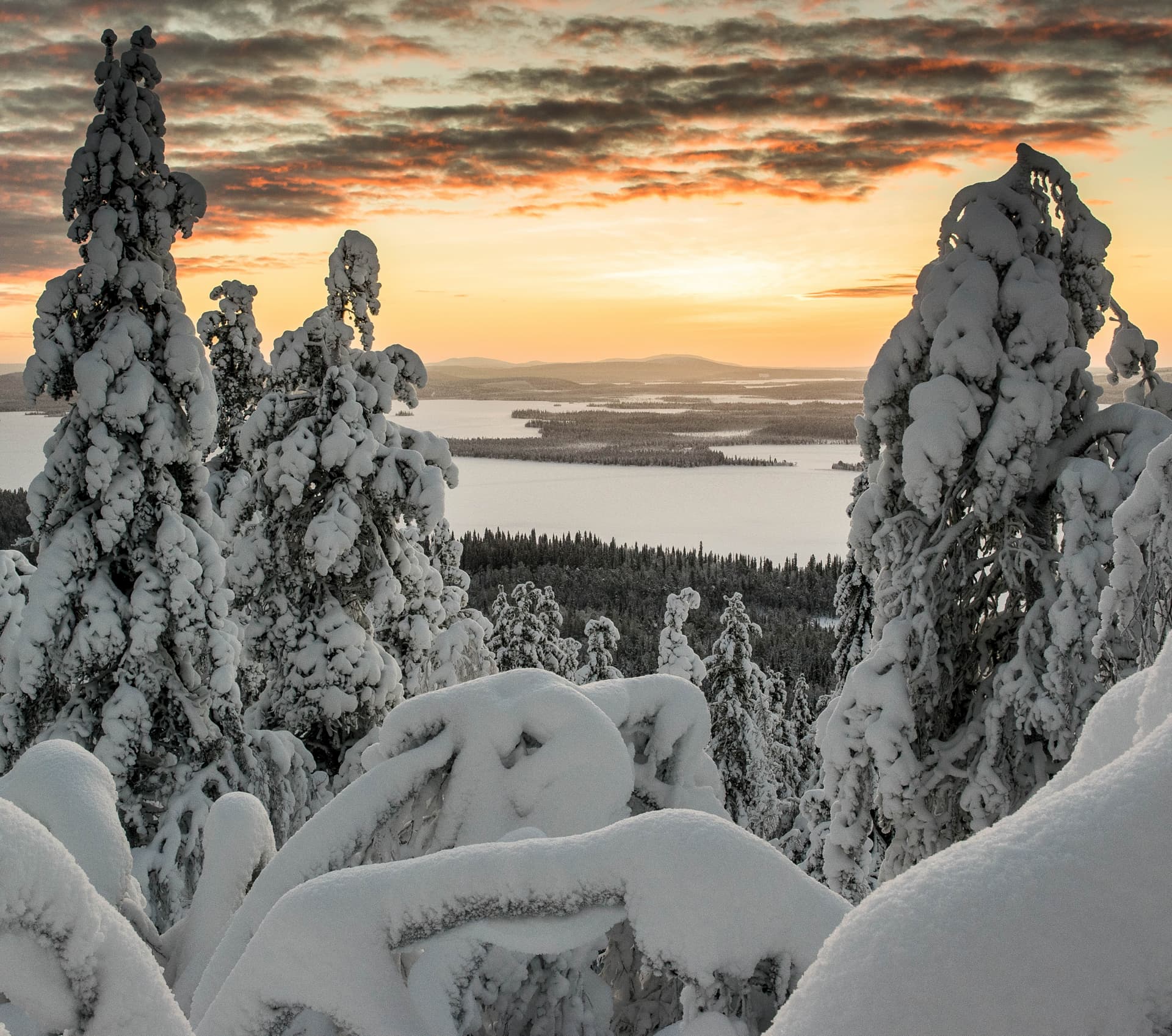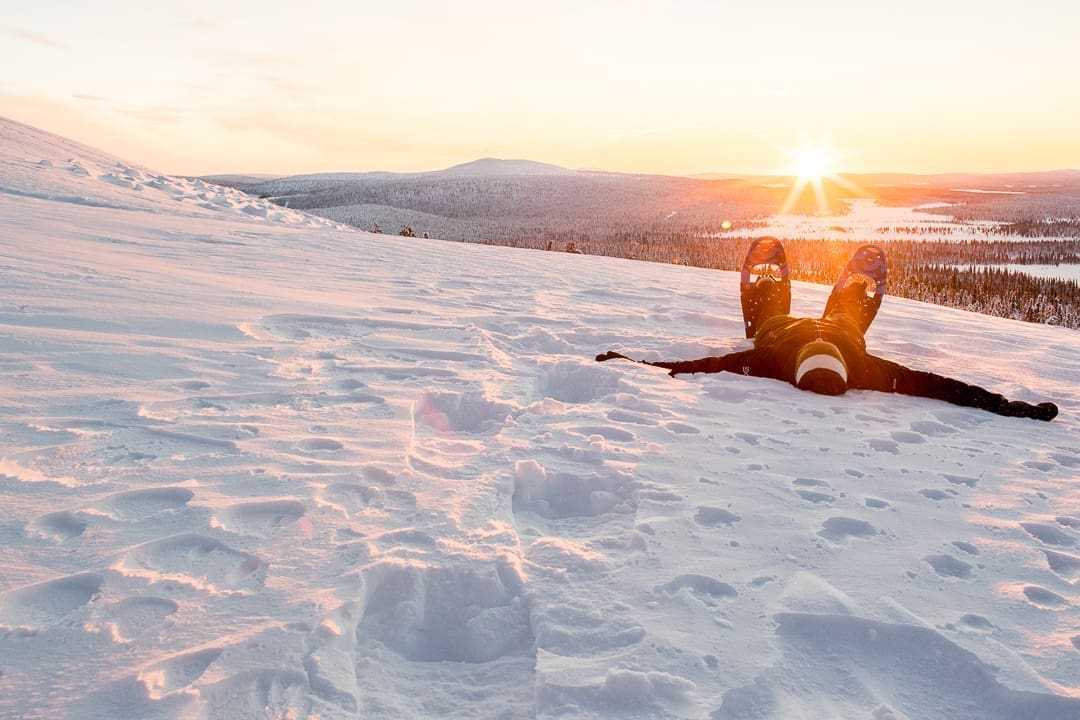Reindeer have long been an integral part of Lapland’s culture and ecosystem. The domestication of these majestic creatures is a fascinating journey that intertwines with the history and livelihood of the people in this northern region. This article delves into the rich history of reindeer domestication in Lapland, providing a comprehensive understanding of how these animals have shaped and been shaped by human activity over the centuries.
Early Beginnings of Reindeer Domestication
The domestication of reindeer in Lapland dates back thousands of years. Archaeological evidence suggests that the process began around 2,000 to 3,000 years ago. Early inhabitants of Lapland, who were primarily hunter-gatherers, started to tame wild reindeer to ensure a more reliable food source. This transition marked a significant shift from hunting to herding, laying the foundation for reindeer husbandry.
Initially, reindeer were semi-domesticated, meaning they were not fully dependent on humans but were managed to some extent. Early herders would follow the natural migratory patterns of the reindeer, guiding them to areas with abundant food and protecting them from predators. This symbiotic relationship allowed both humans and reindeer to thrive in the harsh Arctic environment.
Development of Reindeer Herding Practices
As time progressed, reindeer herding practices became more sophisticated. By the Middle Ages, reindeer herding had evolved into a well-organized system. Herders began to use earmarks to identify their animals, a practice that continues to this day. These marks were essential for managing herds and preventing disputes over ownership.
Reindeer herding also became more communal, with families and communities working together to manage large herds. This cooperation was crucial for survival, as it allowed for the sharing of resources and labor. Seasonal migrations were carefully planned, and herders developed an intimate knowledge of the landscape, understanding where to find the best grazing grounds and how to navigate the challenging terrain.
Impact of Industrialization and Modernization
The advent of industrialization in the 19th and 20th centuries brought significant changes to reindeer herding in Lapland. The construction of railways, roads, and other infrastructure disrupted traditional migratory routes and grazing areas. Additionally, the introduction of new technologies, such as snowmobiles and helicopters, transformed the way herders managed their flocks.
While these advancements made some aspects of herding easier, they also posed new challenges. Industrial activities, such as mining and forestry, encroached on reindeer habitats, leading to conflicts over land use. Herders had to adapt to these changes, finding new ways to sustain their livelihoods while preserving their cultural heritage.
Reindeer Herding in Contemporary Lapland
Today, reindeer herding remains a vital part of Lapland’s culture and economy. Modern herders continue to face challenges, including climate change, which affects grazing conditions and migratory patterns. However, they also benefit from advancements in veterinary care, GPS technology, and other innovations that help manage herds more effectively.
Reindeer herding is not just an economic activity; it is a way of life that connects people to their land and traditions. Herders play a crucial role in maintaining the ecological balance of the region, as reindeer grazing helps to manage vegetation and prevent overgrowth. This sustainable practice ensures that the natural environment remains healthy for future generations.
Experience Reindeer Herding with Wildmaker Lapland
If you’re intrigued by the history and culture of reindeer herding, why not experience it firsthand? At Wildmaker Lapland, we offer immersive tours that allow you to step into the shoes of a reindeer herder. Our guided tours provide a unique opportunity to learn about the intricacies of reindeer husbandry, from feeding and caring for the animals to understanding their migratory patterns.
Our services include multi-day excursions, with opportunities to participate in seasonal herding activities. Whether you’re looking to feed reindeer, explore the stunning landscapes of Lapland, or simply learn more about this ancient practice, Wildmaker Lapland has something for everyone. Book your tour today and embark on an unforgettable journey into the heart of Lapland’s reindeer herding tradition.
In conclusion, the history of reindeer domestication in Lapland is a testament to the resilience and ingenuity of the people who have lived in this region for millennia. By understanding and preserving this unique heritage, we can ensure that future generations continue to benefit from the rich cultural and ecological legacy of reindeer herding.



